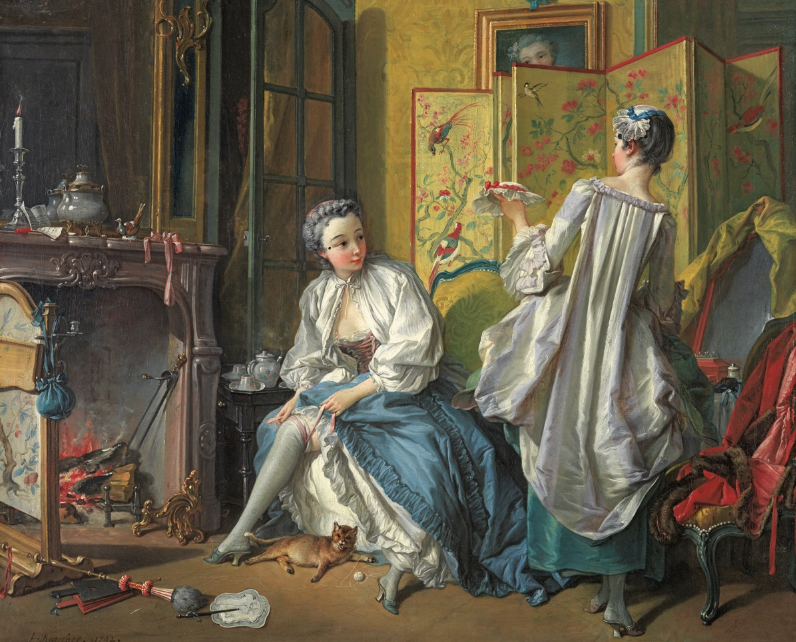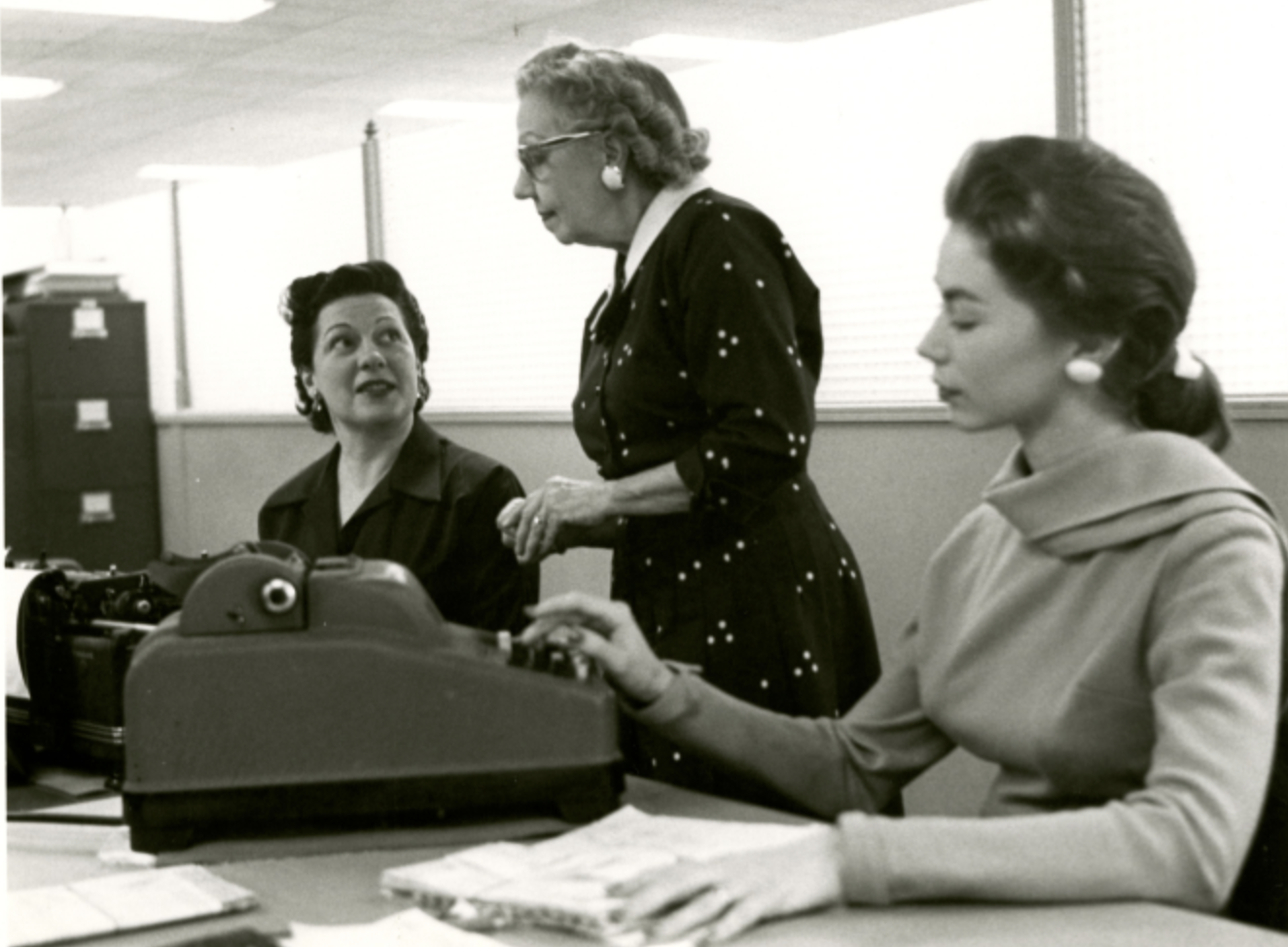A Brief History Of Stockings/Tights/Pantyhose
It’s Autumn which means if you enjoy wearing skirts and dresses, your legs will get icy! It’s the sacrifice many of us make for fashion during colder spells. Of course, there are ways to help fight the chill from wearing knee-high boots to long woollen coats and yet we seem to have left behind the oldest trick in the book, the stocking (or tights in the UK, pantyhose for the Americans.)
For some reason, in the 21st century, we have left these timeless, and vital, items to school children and older women. And why? So we can walk around outside with goosebumps on our shins? However, in the past, and frankly for most of fashion history, they have been an integral part of our attire.
As with many aspects of fashion history, there is no one person or culture that can be wholly attributed to the creation of the stocking. One of our earliest examples comes from Ancient Egypt where a pair of woven socks were found in possession of a rich noble in their tomb from 500AD. This is an incredibly telling find as Ancient Egyptians would fill their tombs with extravagant and menial items they believed would benefit them in the afterlife, signalling that socks were considered an indispensable item.
Jumping forward to the 14th century and our medieval ancestors, hose were a key part of everyone’s clothing regardless of gender or status. Generally made in linen or wool, these pairs of hose were cut on the bias to allow ample stretch and freedom of movement and were tied just under or above the knee with a ribbon to keep them from falling down. Silk hose were, unsurprisingly, designated to the highest and most noble women of society, including Queen Elizabeth I who was gifted a pair in 1562. Much like shifts (also called chemise), hose were there to keep you warm and protect your clothes from your body and vice versa and, like shifts, they would be cleaned as often as possible.
La Toilette, François Boucher, 1742
It wasn’t until the early 1600s that silk hose grew to extreme popularity amongst the aristocracy, mostly due to the luxurious silks being imported from China which, with slower forms of travel, meant they were exceptionally expensive. Once the nobility had decided silk hose were in vogue, they began to show their leg warmers off in their elaborate portraits and day-to-day outfits, particularly for men. Much like the history of heels, hose and stockings were also seen as a symbol of masculinity at certain times.
While the silk stocking may have eventually fallen out of favour with men as trousers became commonplace, women continued to wear stockings (either made from silk, cotton or linen) and tie them with ribbons. During the 18th and 19th centuries, they were often intricately decorated with beautiful embroidery generally sewn by the wearer. It is also at this point that stockings started to be associated with womanhood in a negative way, to be hidden under one's petticoats and skirts, not to be seen. We associate nylon tights with the 20th and 21st centuries, but the modern stocking was invented as early as 1803 and regarded as highly controversial. Intended to replace the need for petticoats to keep warm, thus making it quicker to get dressed and move around, this new form of stocking was lewd in the eyes of the majority.
A woman circa 1920s wearing stockings with a garter belt
The early 20th century saw a rebellion against such old Victorian values, and women wanted to use clothing to feel freer. The 1920s saw dresses get increasingly shorter, exposing more leg and stockings were now less of a necessity. It wasn’t at all uncommon to see a woman with a bare leg. 1937 saw a major breakthrough in this story, the innovation of nylon, a new man-made fibre. Less prone to snagging like silk, and finer than cotton or wool these stockings felt luxurious and were affordable. Many brands would also begin selling garter belts in similar materials. During the hardships of the second world war, wearing nylon stockings was a form of patriotism, freeing up silks to be used in parachutes. Although, with everyone living on rations, you did have to learn how to make your stockings last as they became increasingly scarce. The 1950s saw the invention of lycra, a stretchy version of nylon, and so stockings were now more form-fitting and long-lasting. During the 60s, nylon stockings were attached to panties to accommodate shorter hemlines and boom…the modern tight was born. By the 1970s, tights had overtaken stockings in the markets.










